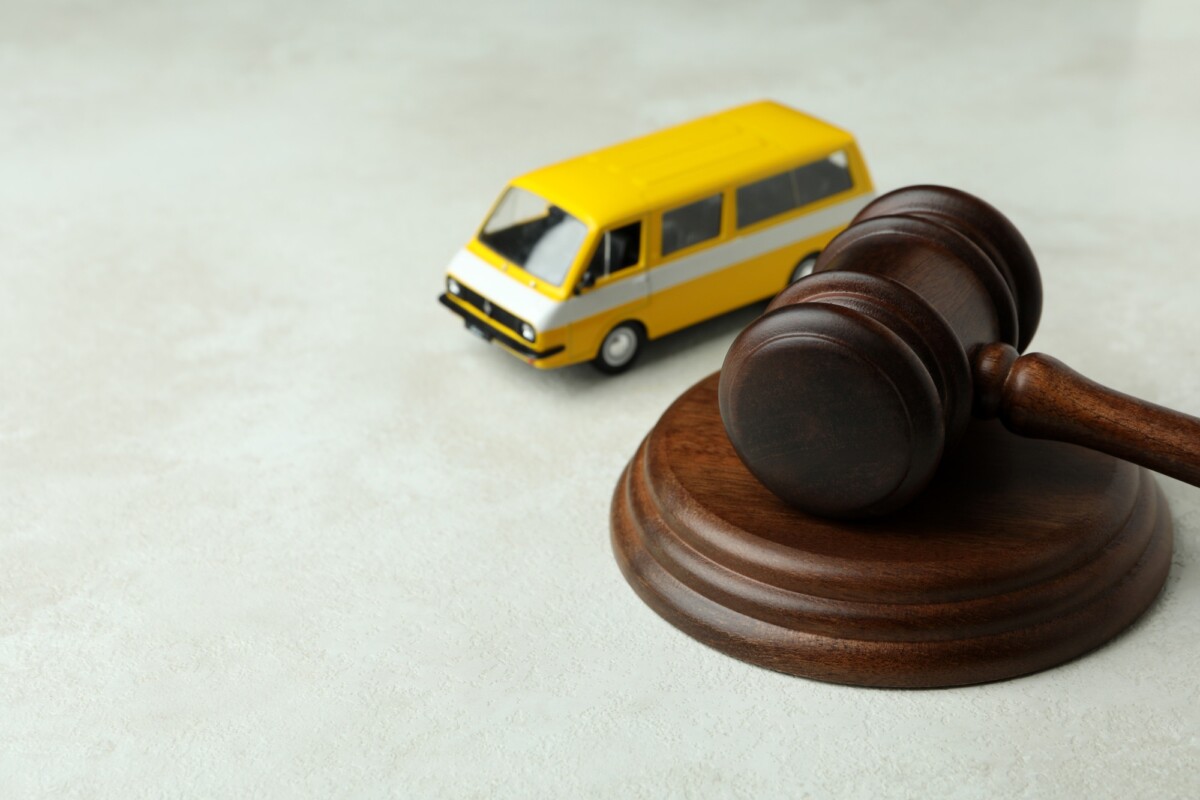Facing a DWI or DUI? Here’s What You Need to Know

Driving while intoxicated (DWI) and driving under the influence (DUI) are critical terms in discussions about impaired driving. Understanding DWI or DUI differences is essential, especially if facing legal issues related to alcohol consumption. Both carry serious legal, personal, and social implications.
Understanding DWI and DUI: Definitions and Differences
What is DWI?
DWI Defined
DWI refers to Driving While Intoxicated, typically indicating operating a vehicle under the influence of alcohol or drugs, with a legal BAC limit of 0.08% in most states.
- Legal Consequences: DWI can lead to fines, license suspension, and jail time.
- Impact on Insurance: A DWI can raise insurance premiums or result in coverage denial.
- Statistics: In 2020, 11,654 people died in alcohol-impaired driving crashes in the U.S.
What is DUI?
DUI Defined
DUI stands for Driving Under the Influence, encompassing a broader range of offenses, including drug impairment.
- Legal Implications: DUI also results in fines, license suspension, and potential jail time.
- Broader Scope: It includes impairment from prescription and over-the-counter medications.
- Statistics: 29 people die daily in the U.S. from alcohol-impaired crashes.
Key Differences
DWI often refers specifically to alcohol, while DUI may include drugs. The severity of offenses varies by state, making legal representation crucial for navigating these complexities. Understanding these distinctions promotes safer driving practices.
Legal Consequences of DWI and DUI
Driving While Intoxicated (DWI) and Driving Under the Influence (DUI) are serious offenses with significant legal repercussions. Understanding these consequences is crucial for drivers, as they can lead to severe penalties such as fines, license suspension, and jail time.
The legal ramifications of DWI or DUI vary by state but generally include:
Fines and Fees
- Monetary Penalties: Fines can range from hundreds to thousands of dollars, with first-time offenders facing $500 to $1,500 and repeat offenders exceeding $5,000.
- Court Costs: Additional fees for court appearances and legal representation may apply.
License Suspension
- Temporary License Suspension: Most states impose a suspension of driving privileges.
- Ignition Interlock Devices: Offenders may need to install devices to monitor alcohol consumption.
Jail Time
- Potential Incarceration: Jail time can range from a few days to several years, with some offenders receiving probation instead.
Statistics indicate that about 30% of traffic-related deaths involve drivers with a BAC of 0.08% or higher, highlighting the seriousness of DWI and DUI offenses. Understanding these implications is essential for responsible driving.
Statistics on DWI and DUI Incidents
Driving While Intoxicated (DWI) and Driving Under the Influence (DUI) are serious offenses with life-altering consequences. Understanding the statistics surrounding these incidents is vital for raising awareness and promoting safer driving habits.
The Prevalence of DWI and DUI Incidents
Recent Statistics
- In 2020, over 11,654 fatalities occurred in alcohol-related crashes (NHTSA).
- The CDC reports that about 29 people die daily in the U.S. due to alcohol-impaired driving.
- In 2019, around 1.5 million drivers were arrested for DUI.
These figures highlight the dangers of DWI and DUI, underscoring the need for education and prevention efforts.
Demographics of DWI and DUI Offenders
Who is Most Affected?
- The majority of DUI arrests are among individuals aged 21 to 34.
- Males account for about 70% of DUI arrests.
- Nearly one-third of offenders are repeat offenders.
The Economic Impact of DWI and DUI
Financial Consequences
- A DUI can cost over $10,000 in legal fees and fines.
- The CDC estimated the economic cost of alcohol-related crashes at $44 billion in 2010.
Understanding these statistics can motivate safer choices and discourage impaired driving.
The Impact of DWI and DUI on Insurance Rates
Driving While Intoxicated (DWI) or Driving Under the Influence (DUI) are serious offenses with significant legal and financial repercussions. A DWI or DUI charge can lead to hefty fines, license suspension, and notably, increased insurance rates. Understanding these impacts is crucial for drivers to make informed decisions and avoid pitfalls.
The Financial Fallout of DWI and DUI Charges
A DWI or DUI can drastically alter your financial situation. Insurance companies view these offenses as high-risk behavior, leading to increased premiums or denial of coverage.
How Much Can Your Rates Increase?
- Average Increase: Rates can rise by 20% to 50%.
- Long-Term Impact: Increases may last three to five years.
- Comparative Costs: Drivers may pay thousands more over time due to a single charge.
Many drivers may need specialized SR-22 insurance, which is often more expensive than standard coverage.
Avoiding Increased Insurance Rates
To mitigate the impacts of a DWI or DUI on insurance rates, consider these tips:
- Shop Around: Compare quotes from various providers.
- Take a Defensive Driving Course: This can lead to potential discounts.
- Maintain a Clean Driving Record: Focus on keeping your record clean to lower rates over time.
Being proactive can help drivers regain affordable insurance coverage.
Preventative Measures Against DWI and DUI
Driving While Intoxicated (DWI) and Driving Under the Influence (DUI) are serious offenses that pose risks to both drivers and the community. While often used interchangeably, they can have different legal meanings depending on the state. Understanding their significance is crucial for promoting road safety. Fortunately, several preventative measures can help reduce DWI and DUI incidents.
Education and Awareness
- Community Programs: Local organizations run campaigns to raise awareness about impaired driving.
- School Initiatives: Educational programs teach young people about the risks of alcohol and drugs.
Education fosters responsibility and can decrease DWI and DUI rates by up to 20% in states with comprehensive programs.
Designated Drivers
- Plan Ahead: Always have a designated driver.
- Ride-Sharing Services: Use apps like Uber or Lyft for safe transportation.
Designated drivers and ride-sharing services significantly reduce the risk of impaired driving.
Law Enforcement and Checkpoints
- Increased Patrols: More patrols during holidays help deter DWI and DUI incidents.
- Sobriety Checkpoints: These checkpoints can reduce alcohol-related crashes by up to 20%.
Support Systems
- Alcohol Treatment Programs: Encourage those struggling with alcohol to seek help.
- Peer Support Groups: Programs like Alcoholics Anonymous provide essential community support.
Supportive environments can reduce DWI and DUI incidents, with treatment participants being 50% less likely to re-offend.
Treatment and Rehabilitation Options for Offenders
Driving While Intoxicated (DWI) and Driving Under the Influence (DUI) are serious offenses with significant legal and personal consequences, including fines, license suspension, and imprisonment. Understanding treatment and rehabilitation options is crucial for offenders to regain control and promote safer roads.
Effective treatment and rehabilitation are essential for addressing DWI or DUI offenses. Common options include:
Inpatient Rehabilitation Programs
- Structured Environment: Focused recovery in a controlled setting.
- Comprehensive Care: Medical supervision and therapy to address addiction.
- Duration: Typically lasts 30 to 90 days based on individual needs.
Outpatient Treatment Programs
- Flexibility: Allows individuals to maintain daily responsibilities while attending therapy.
- Support Groups: Community support through groups like Alcoholics Anonymous (AA).
- Personalized Plans: Tailored treatment for effective recovery.
Counseling and Therapy
- Individual Counseling: One-on-one sessions to explore underlying issues.
- Cognitive Behavioral Therapy (CBT): Helps change negative thought patterns.
- Family Therapy: Strengthens support systems for long-term recovery.
Statistics on DWI and DUI Offenders
In 2020, 11,654 people died in alcohol-impaired driving crashes in the U.S., highlighting the need for effective rehabilitation programs to reduce repeat offenses. Addressing DWI or DUI through treatment is vital for public safety and community well-being.
Public Awareness Campaigns and Their Effectiveness
Driving While Intoxicated (DWI) and Driving Under the Influence (DUI) are serious offenses that can lead to devastating consequences for individuals and communities. These terms refer to operating a vehicle while impaired by alcohol or drugs, highlighting the need for public awareness campaigns that educate about the dangers of impaired driving and promote safer behaviors on the road.
The Role of Public Awareness Campaigns
Public awareness campaigns aim to inform the public about the risks of DWI or DUI, utilizing various media platforms to change perceptions and behaviors regarding drinking and driving.
Key Components of Effective Campaigns
- Targeted Messaging: Tailored messages resonate with specific demographics.
- Engagement Strategies: Social media and community events enhance awareness.
- Clear Call to Action: Encourages actions like designating a sober driver.
Studies show that states with strong public awareness initiatives have seen a significant decrease in alcohol-related traffic fatalities, with a reported 30% reduction in DUI-related deaths over five years. In 2020, 11,654 people died in alcohol-impaired crashes in the U.S., underscoring the need for ongoing awareness efforts. Surveys indicate that 75% believe these campaigns positively impact drunk driving incidents, while 40% reported changing their behavior after exposure to such initiatives.
FAQs
Q1: Are DUI and DWI the same thing?
A: Not always. DUI stands for “Driving Under the Influence” (of alcohol or drugs), while DWI usually means “Driving While Intoxicated” or “Driving While Impaired.” Some states treat them as the same offense, but others make a legal distinction based on the level of impairment or substance involved.
Q2: Is DUI worse than DWI?
A: It depends on the state. In some areas, DWI is considered more severe due to a higher level of impairment, while in others, DUI is used as a catch-all term. The legal consequences often depend on your blood alcohol content (BAC), prior offenses, and local law.
Q3: What is the difference between DUI, DWI, and OWI?
A: DUI is “Driving Under the Influence,” DWI is “Driving While Intoxicated/Impaired,” and OWI means “Operating While Intoxicated.” OWI is used in certain states and may include a broader range of vehicles or behaviors beyond just driving.
Q4: What is the difference between DUI and DWI OVI?
A: OVI, or “Operating a Vehicle Impaired,” is a term used in Ohio and includes both drug and alcohol-related offenses. While DUI and DWI are more commonly used in other states, OVI often covers a wider scope of impaired driving behavior.
Final Thoughts
DWI or DUI — both refer to serious offenses involving impaired driving, and the difference largely depends on where the offense occurred. While the terms may vary, the consequences are significant: fines, license suspension, increased insurance rates, and possible jail time. Whether it’s DUI, DWI, OWI, or OVI, the message is clear—never drive under the influence. Always check your state’s laws to understand how these terms apply locally.
Get clarity, confidence, and answers—call 📞 (833) 279-1850 or go to LegalCaseReview.com today.


